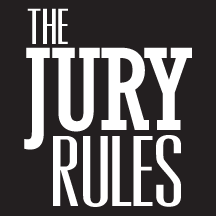Why Demonstrative Evidence Works
Commentators offer many reasons why demonstrative evidence works, but it all starts with effective communication. In today’s Internet and sound bite world, we are conditioned, like Pavlov’s dogs, to receive information in short, quick bursts reinforced by large, easily understood graphics. This conditioning is caused by everything from TV programs to the Internet to text messages. We expect easily digestible packets of information broken by frequent intermissions. As a result, the average person’s attention span lasts no longer than a few minutes.
And what’s worse is that if you do not meet that expectation, the audience quits listening. The average television news program takes 90 seconds to cover a story: 30 seconds to set the stage, 30 seconds to provide the details and 30 seconds to wrap it up . Conversely, lawyers consume blocks of time with oral testimony and argument, but offer very few visuals to explain or emphasize an important point to the jury. That makes lawyers hard to follow and puts jurors to sleep. It does not take many post trial interviews with jurors to understand that they do not retain boring or hard to follow information; they “changed the channel” and long ago forgot your boring broadcast.
Jurors’ demand for information in a bite-sized, easily accessible format is so strong that I liken it to a news broadcast: if you are not providing interesting content, your audience grabs the remote and goes channel surfing. Demonstrative aids that were once just beneficial are now essential for keeping today’s jurors tuned in to your broadcast.








